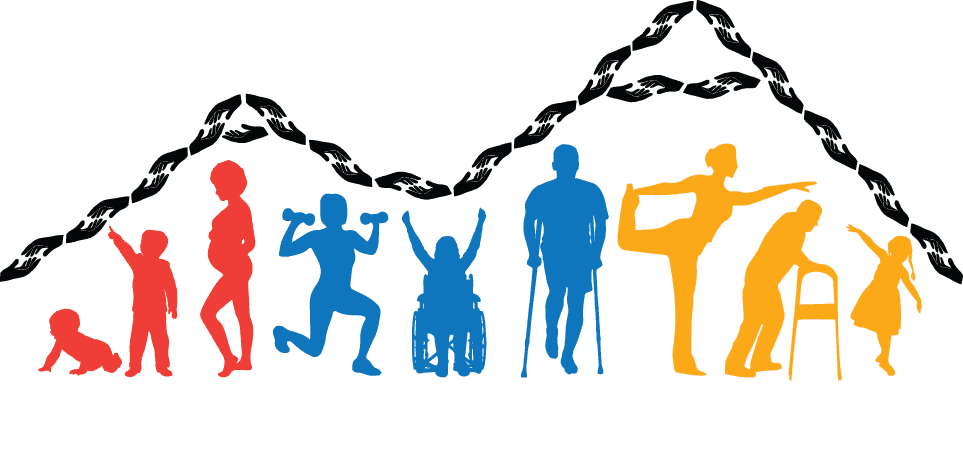Speech-Language Pathology
What is Speech-Language Pathology?
According to the American Speech-Language-Hearing Association (ASHA), speech-language pathologists facilitate in preventing, assessing, diagnosing, and treating speech, language, cognitive-communication, swallowing and voice disorders in children and adults.
In addition, according to ASHA, the following disorders fall under the umbrella of speech-language pathology:
- Speech disorders : How we say sounds and words
- Some example of speech disorders may include the following:
- Pronouncing syllable/phoneme/sound correctly
- Repeat sounds, words, phrases, unintentionally (stuttering)
- Pronounce words incorrectly due to weakness and/or motor planning/programming deficits (motor speech disorders)
- Some example of speech disorders may include the following:
- Language disorders: The words we use to share ideas and communicate wants/needs.
- Some examples of language disorders may include the following:
- Difficulties in expression, understanding spoken language, reading and/or writing (e.g., aphasia)
- Communicating for social purposes (e.g., greeting, commenting, asking questions), taking on perspective of the listener e.g., non-verbal communication). Some individuals who have difficulties in social communication may have a diagnosis of autism spectrum disorder.
- Some examples of language disorders may include the following:
- Cognitive-Communication disorders: Any aspect of communication that is affected by communication.
- Some examples of cognitive-communication disorders may include the following:
- Attention, memory, and executive functioning (problem-solving/reasoning, organization, self-monitoring) These difficulties may arise as a result of a stroke, traumatic brain injury, dementia/neurodegenerative disease, or congenital.
- Some examples of cognitive-communication disorders may include the following:
- Swallowing Disorders: Difficulty feeding and swallowing (dysphagia)
- Some examples of swallowing disorders may include the following:
- More time and effort to swallow
- Unable to swallow (saliva, liquids, solids, pills) safely
- Some examples of swallowing disorders may include the following:
- Voice Disorders: Difficulty with voice quality, pitch, tone and loudness that differ from norms and usually has a suspected etiology (e.g., neurologic disease, voice misuse/abuse)
- Some examples of voice difficulties may include the following:
- Weak, breathy vocal quality
- Too high/low pitch
- Rough/Gravelly vocal quality
- Reduced volume (sometimes due to neurological disease)
- Some examples of voice difficulties may include the following:
Speech-language disorders are often a result of medical conditions such as the following:
- Stroke
- Traumatic Brain Injury
- Laryngeal and oral cancers
- Dementia
- Multiple Sclerosis (MS)
- Amyotrophic Lateral Sclerosis (ALS)
- Parkinson’s Disease
- Right Hemisphere Brain Injury
In children, speech-language disorders may be a result of language-based learning disabilities:
- Intellectual disabilities
- Autism
- Failure to Thrive
- Stroke/brain injury
- Tumors
- Cleft lip/palate
- Cerebral palsy
- Syndromes such as Down’s Syndrome
What settings do speech-language pathologists work in?
- Early-intervention, pre-school, K-12 schools
- Hospitals
- Skilled Nursing Facilities
- Public Health Departments
- Colleges/Universities
- Private Practice
Helpful Links:
- American Speech-Language-Hearing Association: https://www.asha.org/
- World Association of Speech Language Pathology: http://www.waslp.com/index_en.html
References: Speech-Language pathologists. (n.d.). Retrieved March 20, 2021, from https://www.asha.org/students/speech-language-pathologists/
